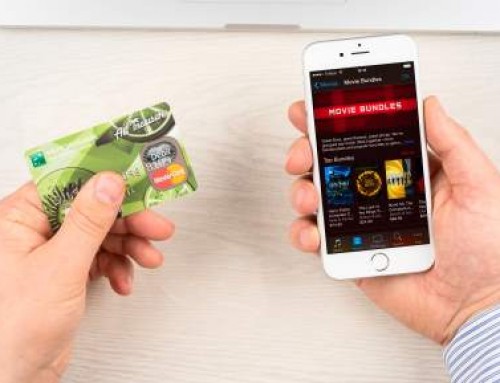In tough times, a strategy that gets regular use is to increase advertising and promotional budgets.
The Internet has had a dramatic shift in viewer habits. This has led to an increasingly fragmented audience.
Well designed advertising campaigns achieve results. The important decision of a promotional mix involves making a selection between the investment in traditional media (eg TV ads) versus digital media (eg: Google Ads).
Your target market segments should be a guiding factor in this selection. Finally, your promotional mix should also make selections between the competing advertising media, selecting promotional techniques, using publicity measures and public relations.
It is well worth pointing out that:
Half a campaign doesn’t bring half the results.
In an attempt to contain costs, advertisers reduce either the coverage or the duration of a campaign. It is better to execute a few campaigns around specific problems that your solutions can solve, rather than spread yourself too thin to cover all bases.

Your campaign budget should ensure good coverage in your target market segments with the 4 classic ingredients in the mix: product, place, price and promotion.
Making your Small Business indispensable by Seth Godin (Marketing guru)

Learn about Transactional vs Consultative Customers
To avoid failure, there are two important considerations to build into your strategy:
1. Successful advertising results may not deliver an automatic increase in the sales of complex capital goods or services:
The purpose of advertising is to generate enquiries which are then handled by a sales force – the ultimate increase in new business frequently doesn’t cover the cost of the campaign, let alone the added cost of sales. It requires the sales force to be a value-creator (as the client defines it) and then differentiate itself against the client’s decision making criteria to convert an enquiry into closed business. If not, your advertising is just creating demand for your competitors.
2. Develop an engaged audience with permission-based marketing
A decade ago no one booked travel or did their banking online. Now, this is the preferred method of doing business for increasing the volume of business for both existing and new clients . The best opportunity to increase conversion rates may lie in “maximising the Aha moment” that the client experiences.
Your campaign must be designed around maximising the conversion when a client is prompted, and be ready to take action. You should also have a method to keep prospects, who do not convert immediately, engaged. For instance, when they seek an answer to an urgent service issue or new problem, they can change modes seamlessly to interact in a consultative manner with your sales team.
Summary
Keeping the audience engaged by using Digital methods and developing a blended structure of transactional (web) and consultative (conversation) methods will maximise the results from advertising campaigns. Use a higher mix of permission-based marketing methods where prospects opt-in to have a relationship with you, than interruption-based methods such as TV ads which intrude on their experience.
Whilst cultivating this collaborative approach as a richer experience for clients, we should also recognise their time demands by offering a seamless choice of changing the method of interaction between the customer knowing what they want (“give it to me cheap, deliver it conveniently”) in a transactional mode, to the customer not quite sure of their needs (“help me define what I need, I will reward you with a premium for helping me”) in a consultative mode.
As you look to grow revenues in tough times, here are six potential strategies to consider for your organisation:
- Weather the storm
- Do less, get more
- Lower risk, not price
- Gain a premium price
- More promotions and campaigns (this strategy)
- Cross-selling






